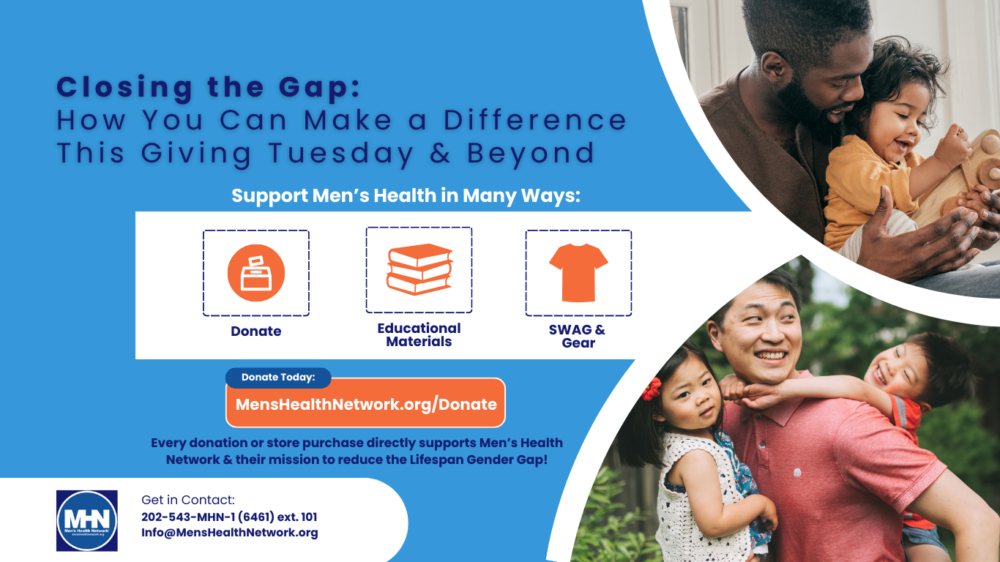Derek Boogaard. That name sends shivers down the spines of the many who read the three-part series on the former NHL player’s life published last December in the New York Times. The former New York Ranger’s left wing was on the team for one main purpose: to be an enforcer, to throw the punches and take the hits.
In a professional hockey career spanning six seasons, Boogaard had a grand total of three goals and countless concussions. In May 2011, at the age of 28, Boogaard passed away from a drug overdose while recovering from another one of his many concussions. After an autopsy of his brain was performed, it was revealed that he suffered from Chronic Traumatic Encephalopathy (CTE), a progressive disease that causes cognitive problems, behavior abnormalities, and dementia-like symptoms. It occurs after a history of multiple blows or hits to the head. For years CTE has been known to exist in some boxers, but only recently have we seen developments in other professional sports, such as hockey.
While Boogaard’s story tends to be discussed often, he is not the only NHL player to be diagnosed with CTE; he is simply the youngest. From 2009 to early 2011, two other players in a similar “enforcer” role to Boogaard were diagnosed with CTE. Two months before Boogaard’s untimely death, the NHL suffered another diagnosis of CTE, however this one came as more of a shock.
Rick Martin, a NHL player from the 1970s, passed away of heart disease. His brain was donated to Boston University, where researchers discovered CTE. When this news was released to the public, the focus of many articles and news stories was about two simple facts: Martin marked the first diagnosis of CTE in a player that was not in an “enforcer” role and who had participated in very few fights.
As CTE can only be diagnosed postmortem, since a dissection of the brain is necessary, the recent deaths of athletes who have been impacted in different ways, whether it is the sport directly or the type of hit taken, leaves many questions for the future of CTE research. As much of this news has emerged in the past few years, it is important that for the sake of the players and the future of these sports, to take a step back.
Does CTE need to mean an end to hockey, football, boxing, or any other sport we have to integrate in our culture?
Of course not.
As a hockey and football fan for nearly my entire life, I cannot fathom a day when we would have enough people in support of ending a huge part of our culture.
While more research is being done on possible diagnoses before death and possible ways to treat the conditions afflicted on players, the organizations overseeing these professional sports need to implement their own programs for dealing with repeated injuries to the brain.
The solution to fighting these problems at the very basic level lies in creating a more comprehensive and cohesive system of monitoring injured athletes and how they are treated for each suspected head injury. It’s also important to see a full recovery time when resuming play after an injury. More regulations or even an outright ban against fighting in sports such as hockey can only have a positive influence in reducing the number of blows to the head that can cause CTE.
With so much still unknown about CTE, it is important for organizations take a proactive stance on the roles they can play in reduction and prevention methods. In the end, responsibility is in the hands of the caretakers of these players, the organizations, to take charge and create a more effective method for treatment.
While the focus of CTE in sports tends to zoom in on professional leagues, anyone that suffers trauma to the head repeatedly could be suffering and not even know it.
For any athletes, professional or not, if you suffer any type of head injury, it’s important to seek treatment immediately. Make sure to keep a list of your symptoms in case you begin to have memory issues. Also note any emotional changes, or anything else that may seem abnormal. Additionally, ask a friend or loved one to note any changes in your behavior, mood, or memory, so that you have someone who knows your typical personality, in case any changes arise. Do not return to the game until you have been fully cleared by your physician. Do not consult multiple doctors if you are disappointed to hear that you might need to take a few months off to avoid another injury while you are still recovering; you’ll thank yourself when you aren’t suffering from CTE later in life, as many professional athletes mentioned have had it lead to death or decline in quality of life.

